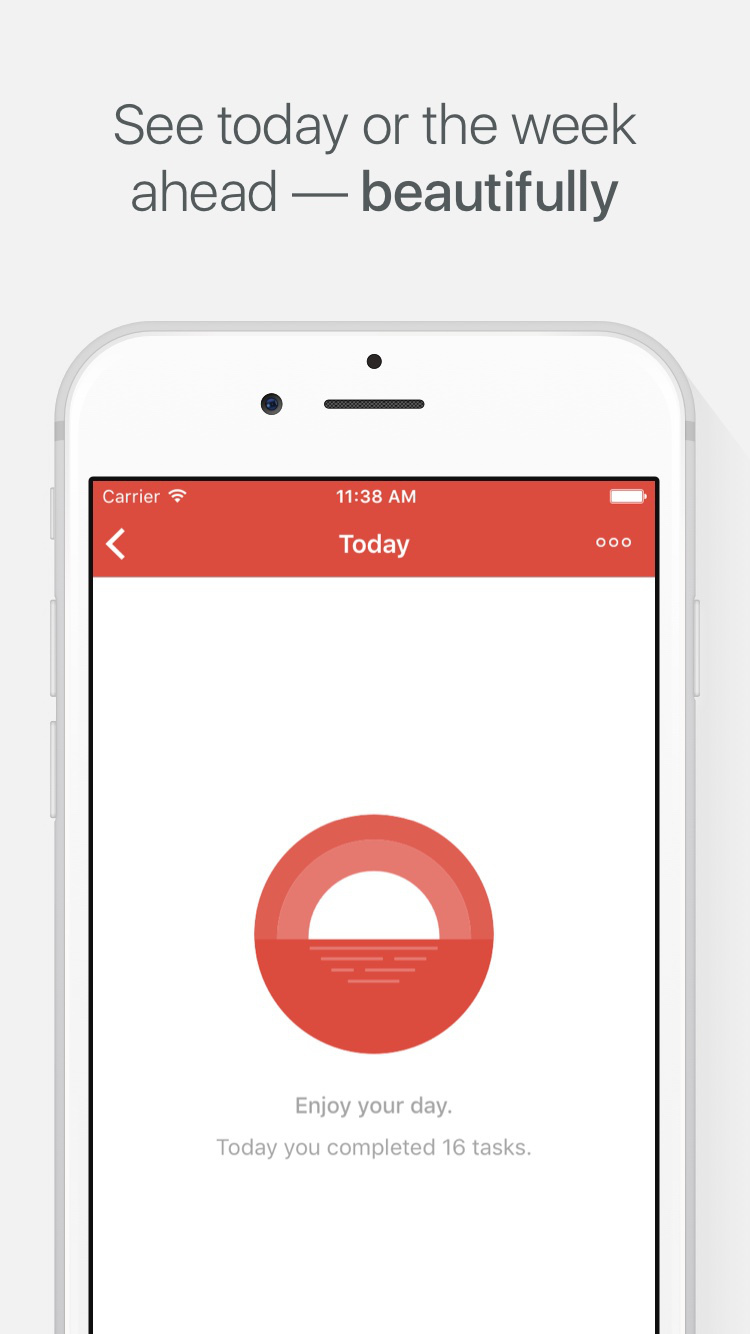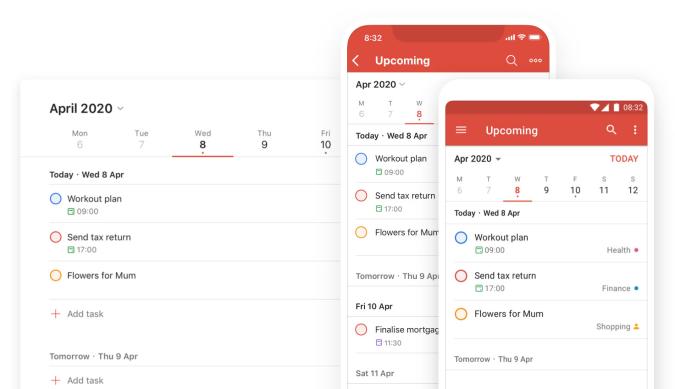

You can assign labels to any project and see all tasks with the same label in one location. You can set due dates, due times, priorities, assignments, etc., by adding text after the title. Quick add: Todoist uses natural languages to detect words in task titles. Those come with a filter query to see specific tasks.ĭrag and drop delay: You can quickly move a task to tomorrow by dropping it to the bottom on desktop PCs. Goals and productivity: Todoist tracks your task movements and calculates your productivity level.įilters: Filters help you view tasks with specific priorities and features. Kanban-style boards: Sections allow projects to display in Kanban-style board views ( example video). Sections: To organize projects, we can add sections, and under sections, tasks can be added. The task color is set according to importance, where red is high, and orange is medium.


If you go with either, you will get the following: Featuresīoth come with many of the same options. You can access them on Docs, Gmail, Sheets, and Slides websites. There is no desktop app, but there are multiple ways to access tasks. Google Tasks is available to download on Android and iOS devices. It is also available on smartwatches like Apple Watch and Wear OS. You can use Todoist on web browsers and download it on Windows, macOS, Linux, Android, and iOS. If you have university or commercial projects or are an entrepreneur, go with Todoist. If you want to use a tasks app personally or occasionally, go with Google Tasks.

Google Tasks is already limited, but you are not limited to using the service. Todoist is a freemium app with a rich interface and essential task-management features, but you will miss some paid features.


 0 kommentar(er)
0 kommentar(er)
